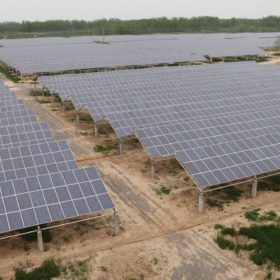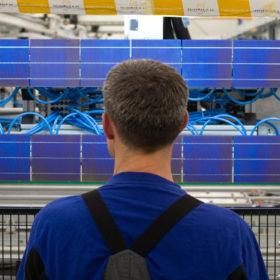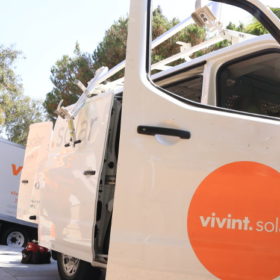Southern Company puts another 102 MW-AC of solar online in Texas
Southern’s Lamesa Solar Facility is the latest in a boom that is taking place across Texas, with over 1 GW-DC expected to come online this year.
U.S.-Turkish research team uses data science to predict PET back-sheets degradation in solar modules
The scientists have used engineering epidemiology and statistical-data analytics to predict how polyethylene terephthalate films in solar panels deteriorate under multi-factor accelerated weathering exposures.
SolarWorld Americas maintains full operation
The U.S. subsidiary of the German manufacturer maintains full operations at its facility in Hillsboro, Oregon, although its parent company and its German units filed for insolvency last week.
China key to growth of green bond market in 2016
Global issuance soared 60% year on year to $113 billion in 2016, with Chinese and Indian banks playing a critical role in driving growth by issuing debt securities to back the development of PV projects and other climate-related initiatives, Fitch Ratings said in a recent report. The total value of outstanding green bonds had reached $280 billion by the end of March 2017.
TerraForm completes the sale of 365 MW of UK solar assets
With the sale the yieldco has almost completely divested from the United Kingdom, as its acquisition by Brookfield grinds forward.
Amtech posts revenue growth in Q2 of fiscal 2017
The U.S. supplier of automation systems for the PV industry also saw order intake and quarter-end backlog increase in the latest quarter. All of the company’s segments contributed to the turnover growth registered in this period.
May we take your order? Tesla accepts requests for its Solar Roof
Yesterday, the energy and automobile giant rolled the dice on its biggest gamble yet, giving U.S. homeowners the opportunity to reserve its new roofing product for a down payment of $1,000.
Analysts “unsurprised” by SolarWorld’s bankruptcy
Leading solar analysts say that SolarWorld’s bankruptcy, announced yesterday, should not have come as a surprise. Pointing to the current “viciously competitive” cell and module market, and the ongoing dispute between Hemlock and SolarWorld subsidiary Deutsche solar GmbH, analysts from IHS Markit and BNEF, say that the writing had been on the wall for the German company for some time.
Big challenges: Raj Prabhu on the SolarWorld insolvency and U.S. solar manufacturing
Today, SolarWorld AG filed for insolvency in Germany, and it is unclear whether or not its U.S. subsidiary will also file. In the following interview, Mercom Capital CEO Raj Prabhu talks about what this means for the U.S. solar industry.
Smaller, leaner Vivint Solar moves to direct sales (with chart)
Like other large U.S. third-party solar companies Vivint is increasingly moving away from the leasing model to direct sales.










